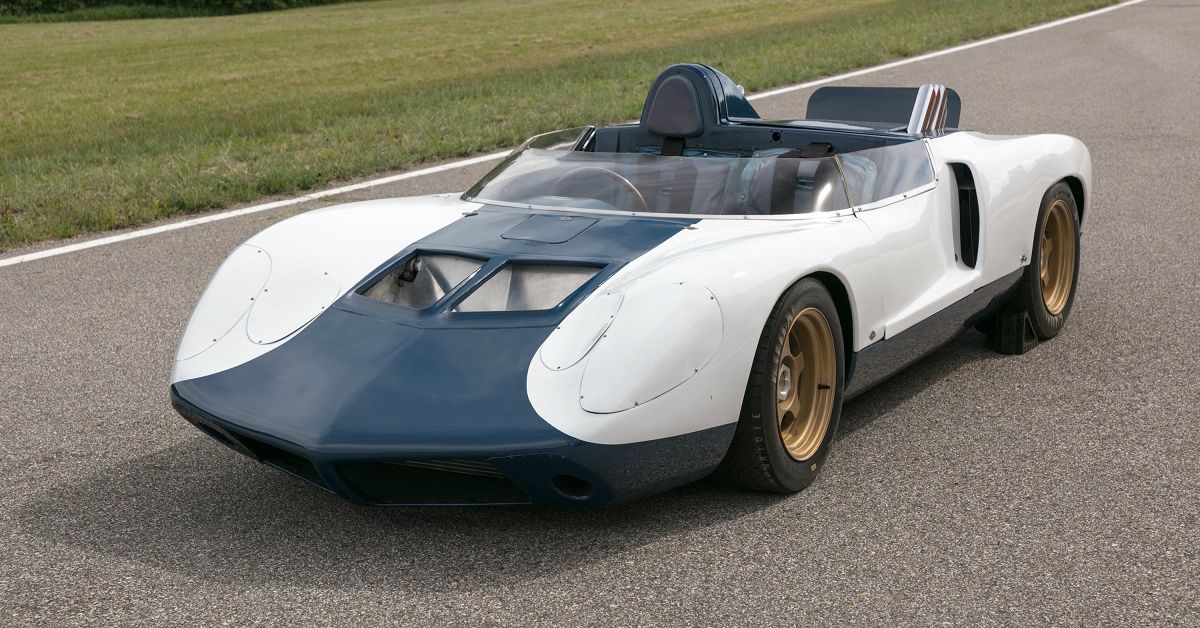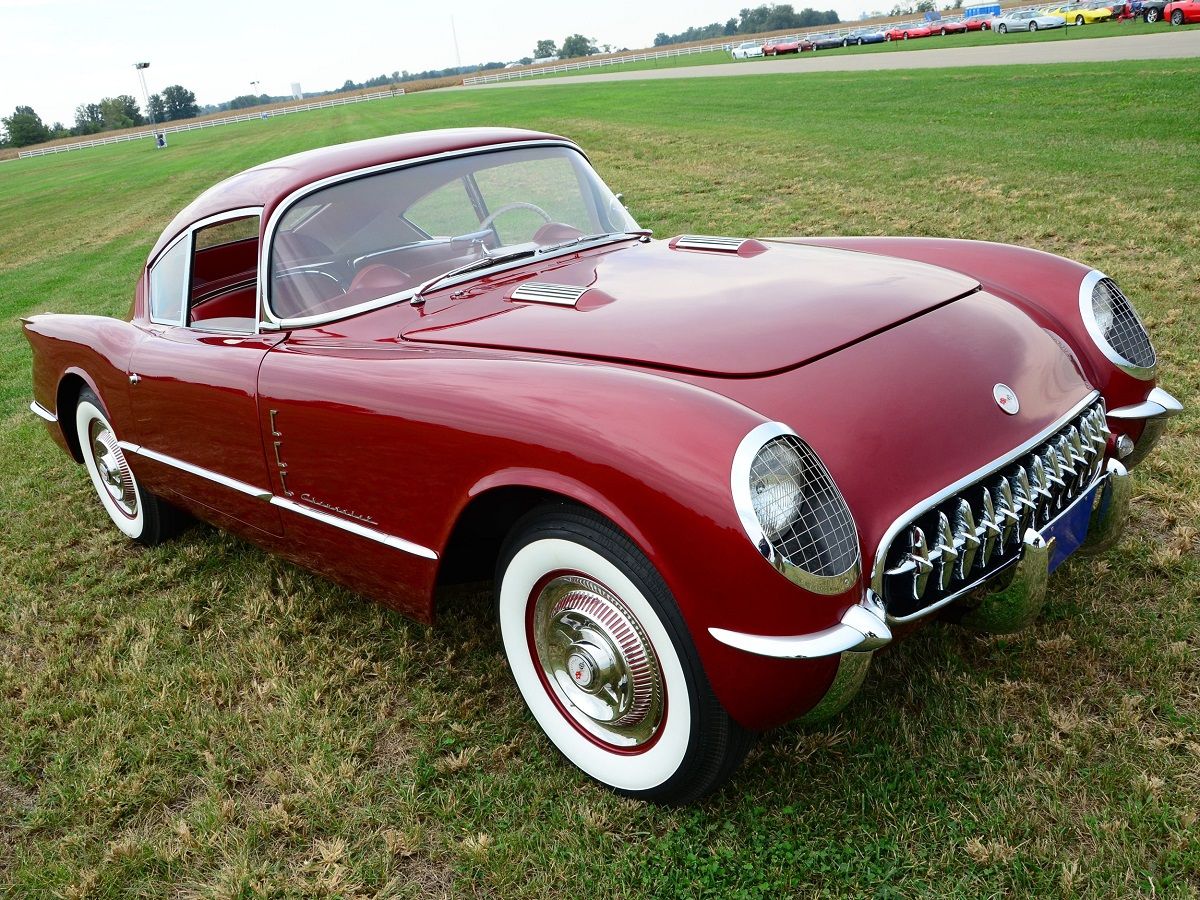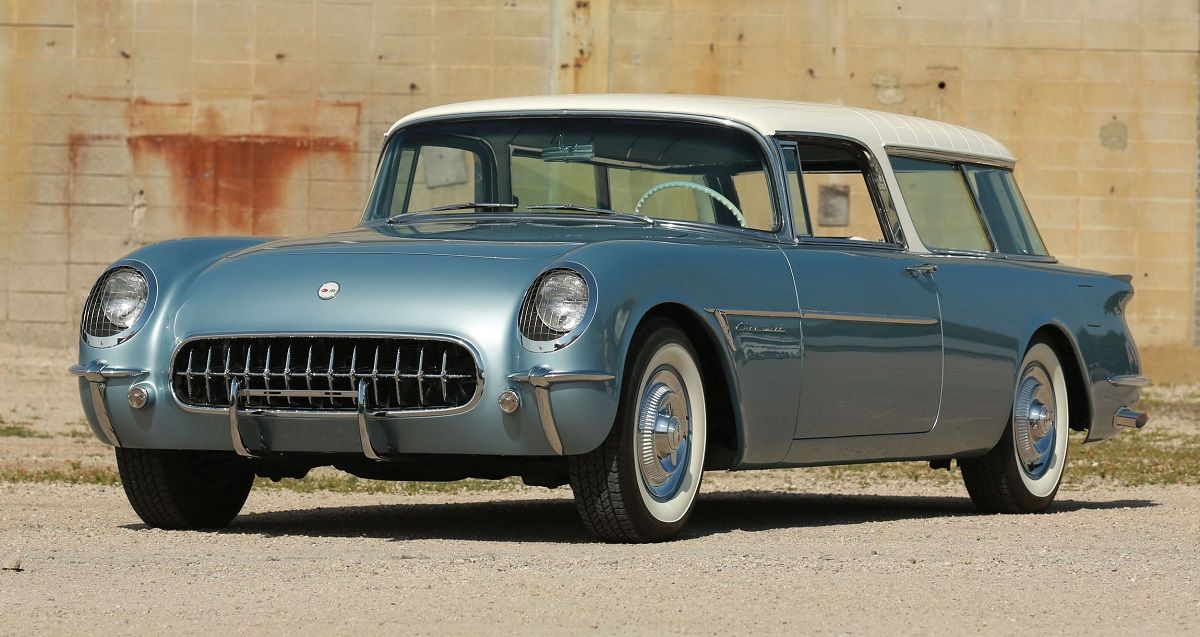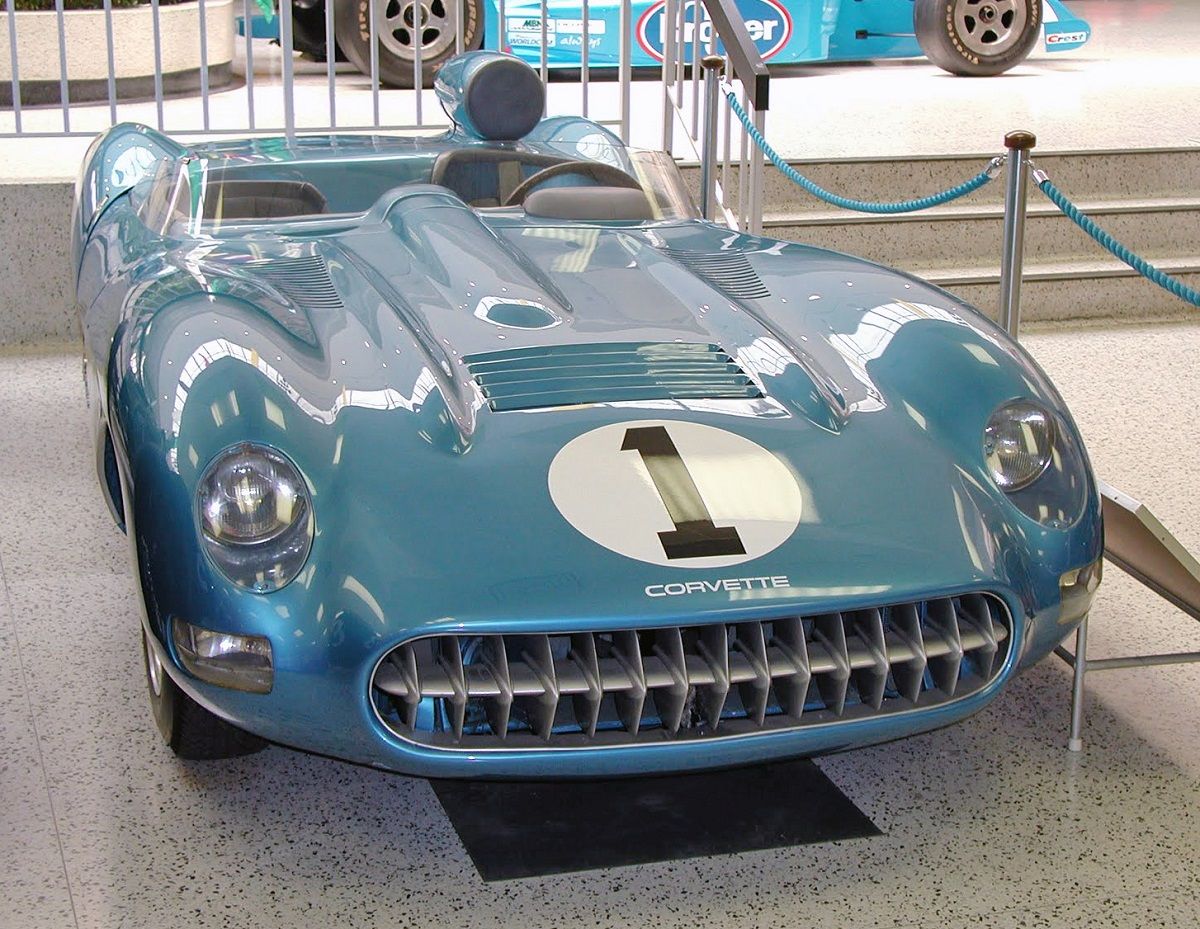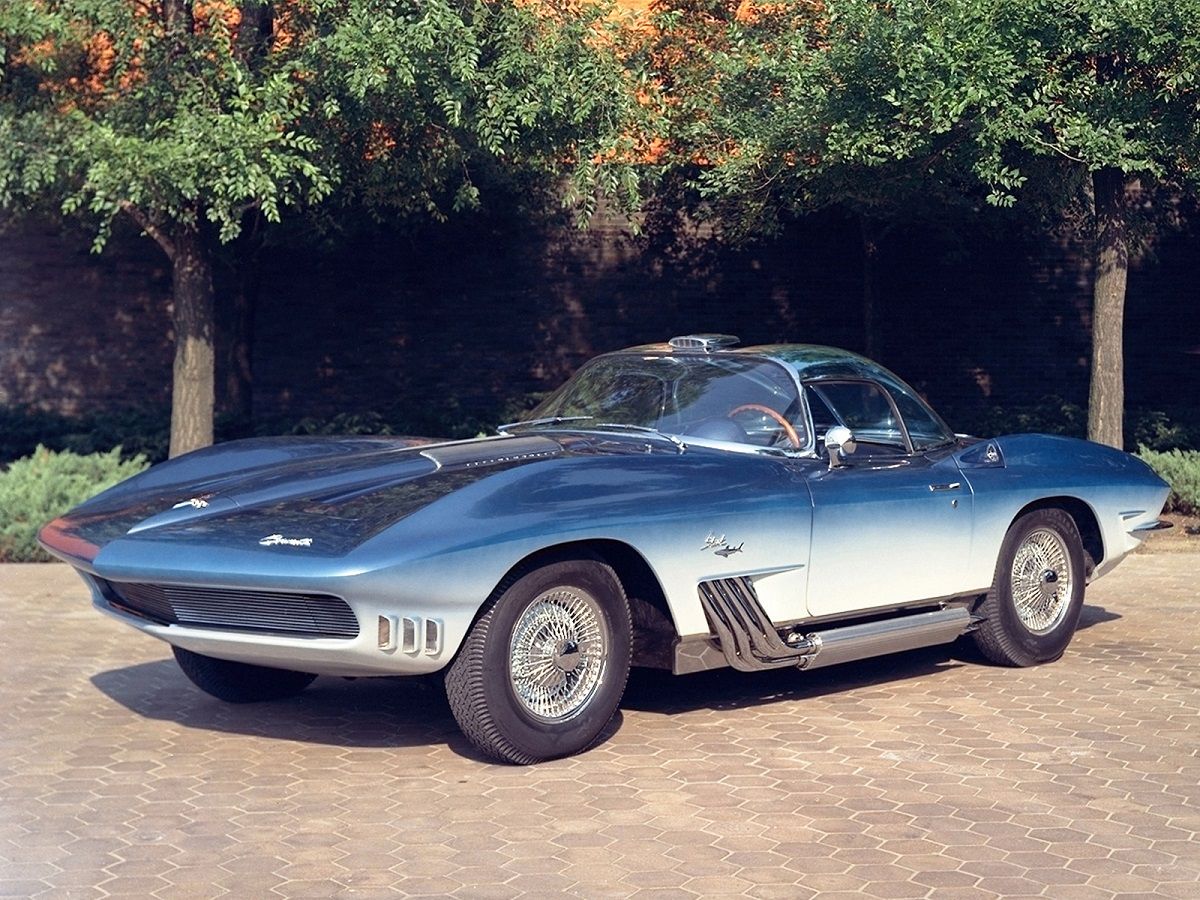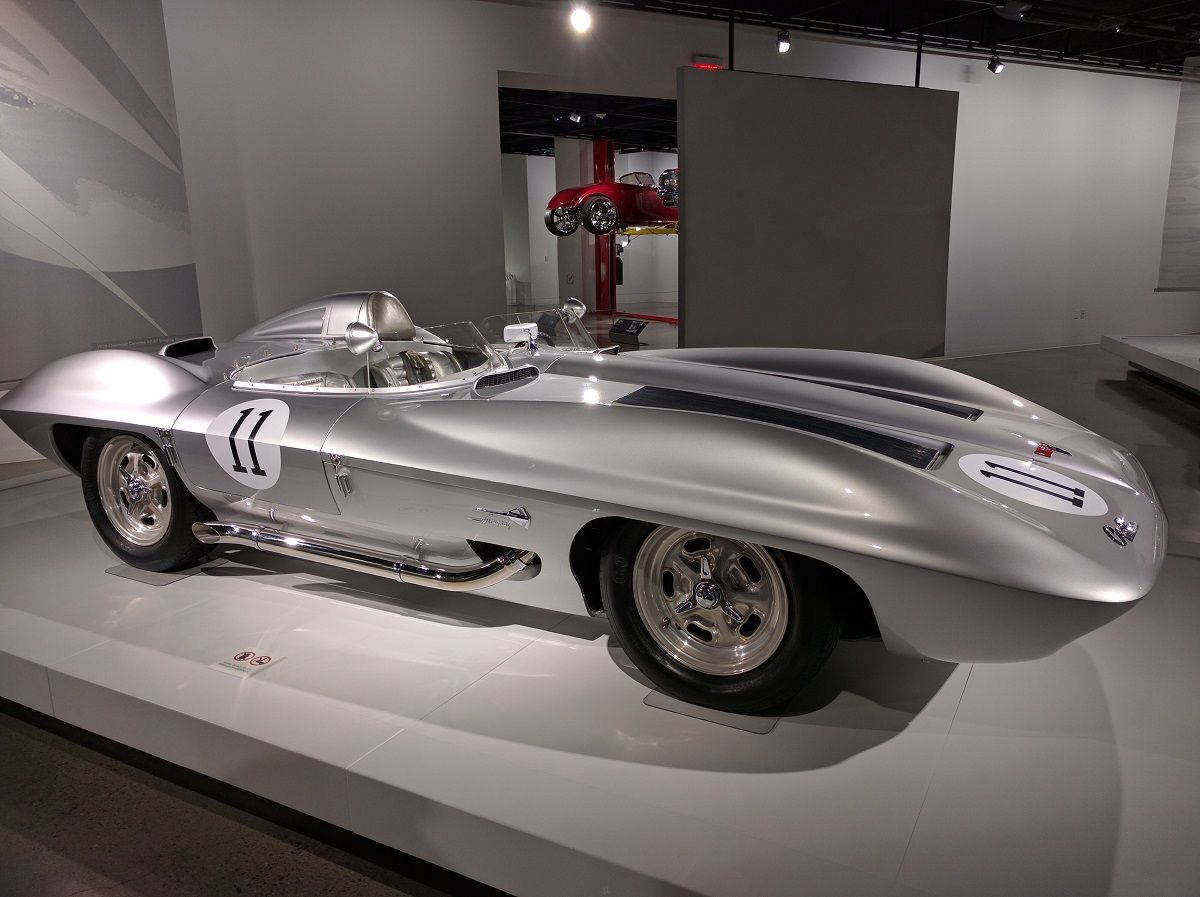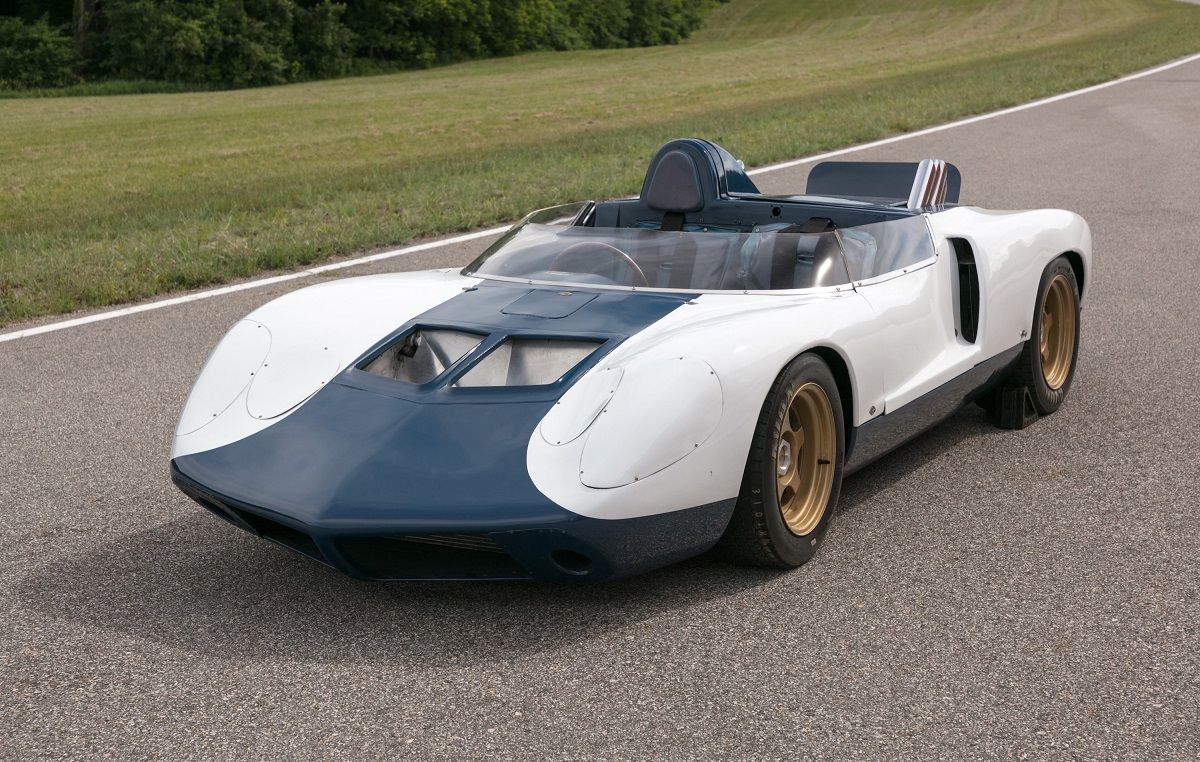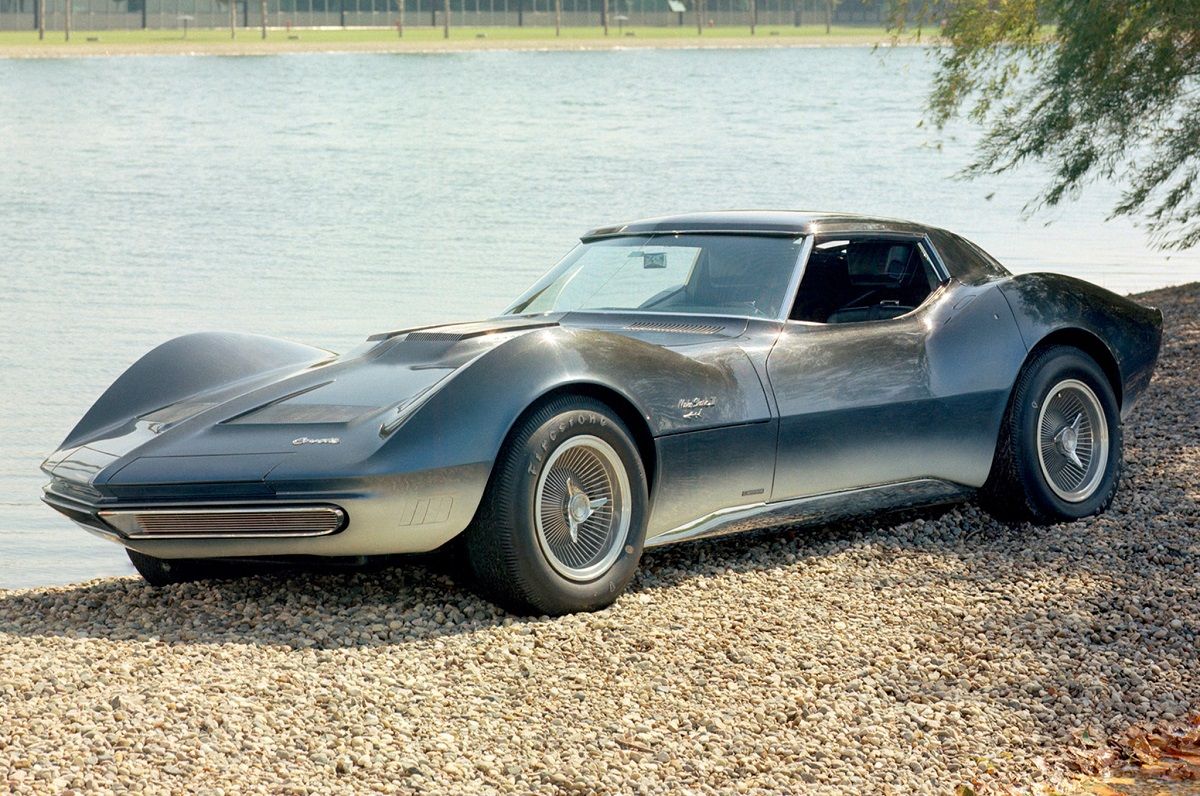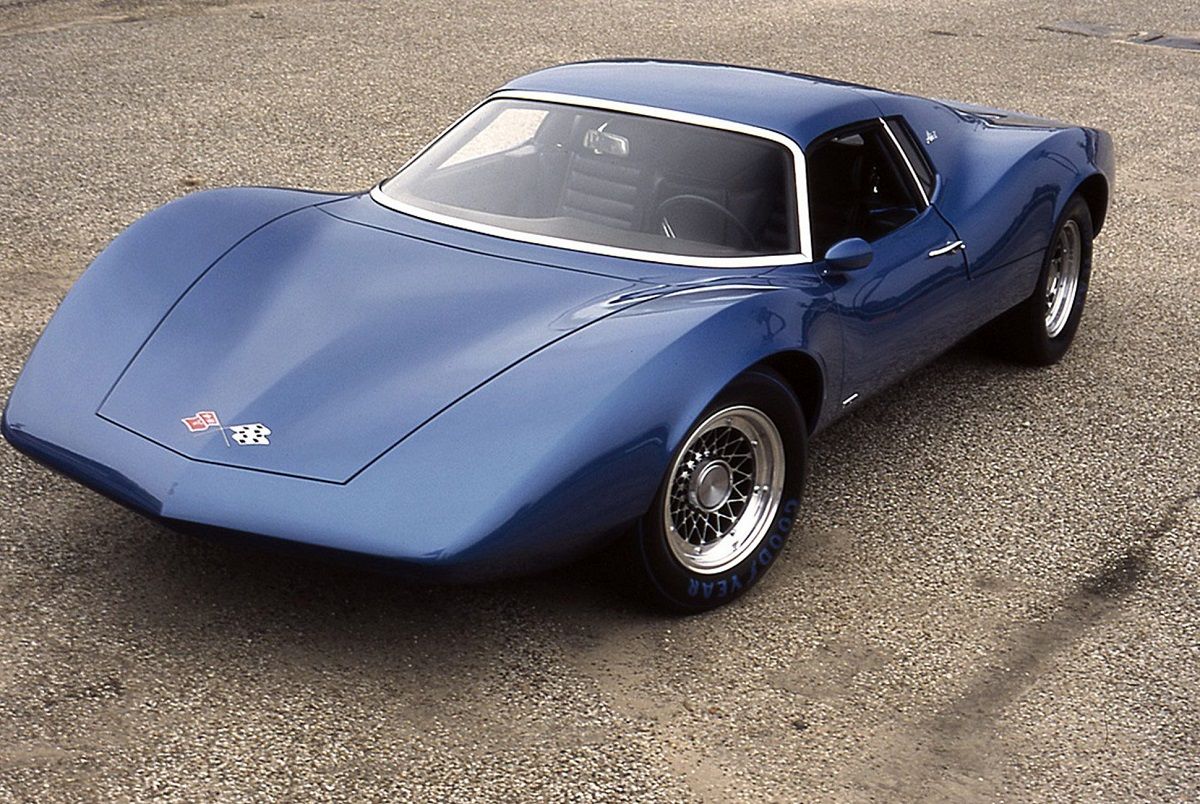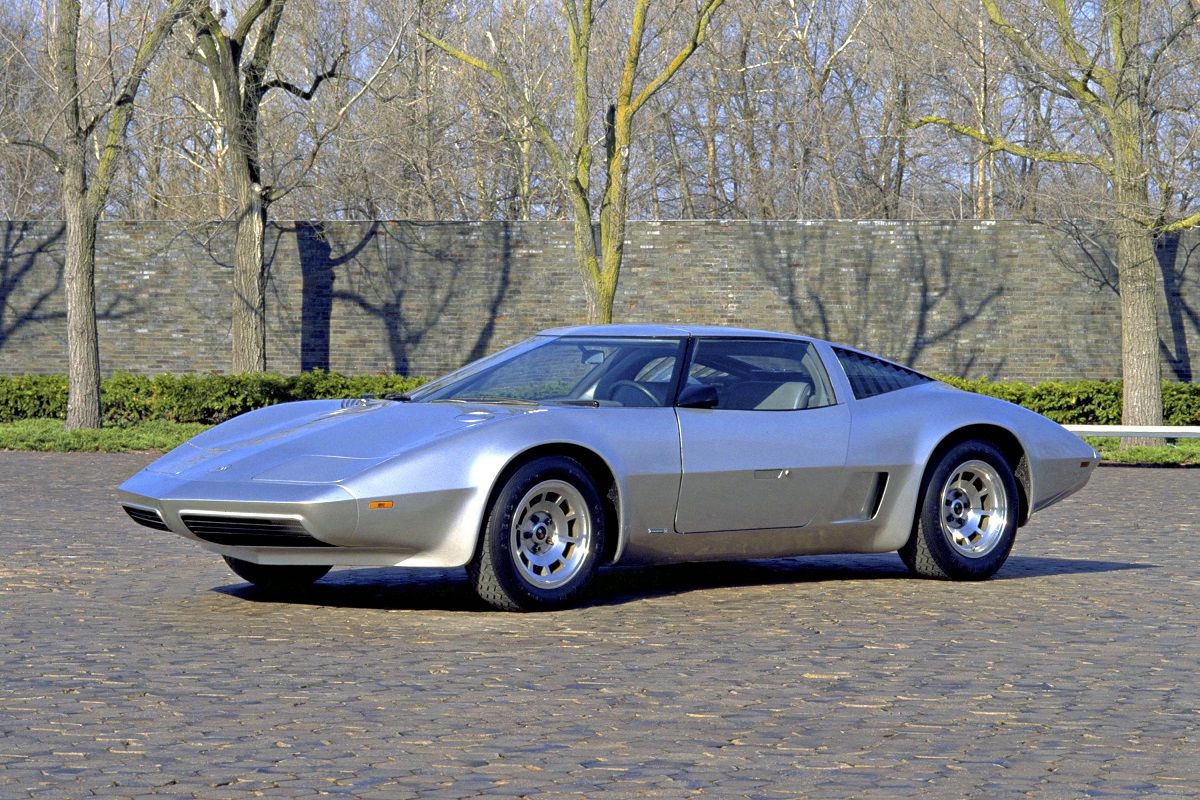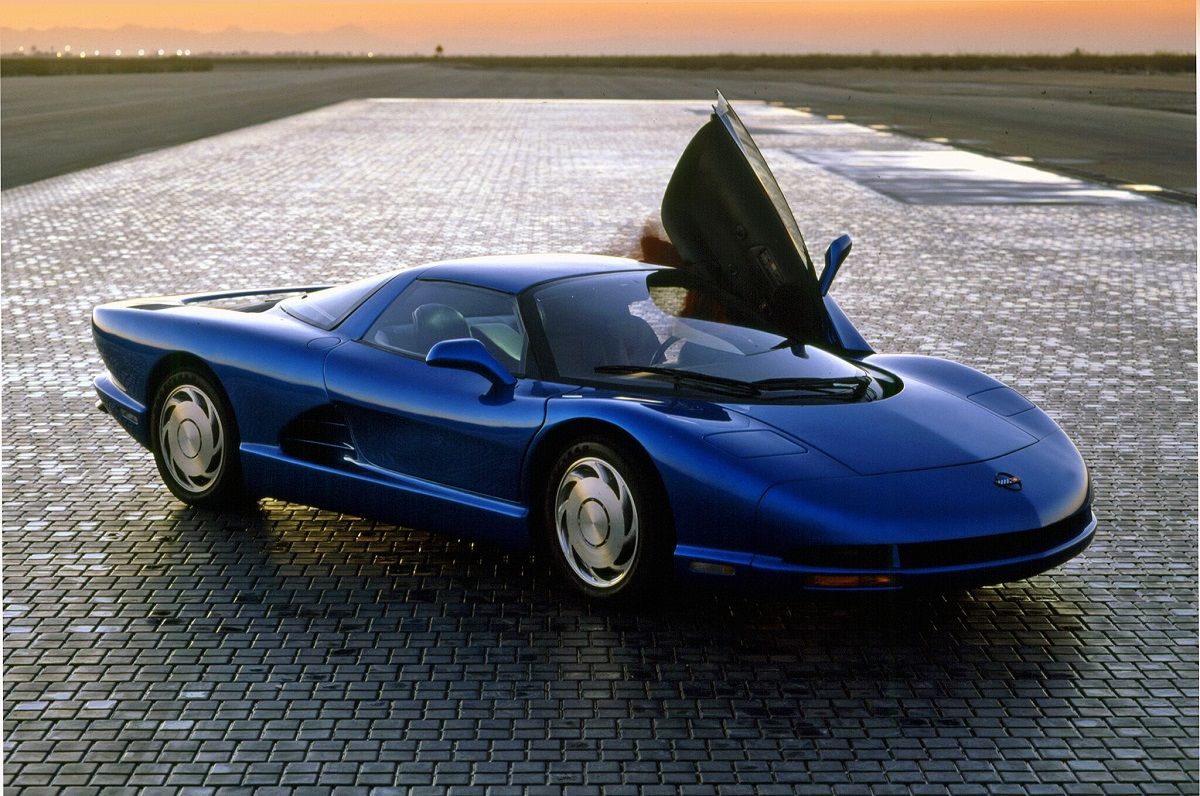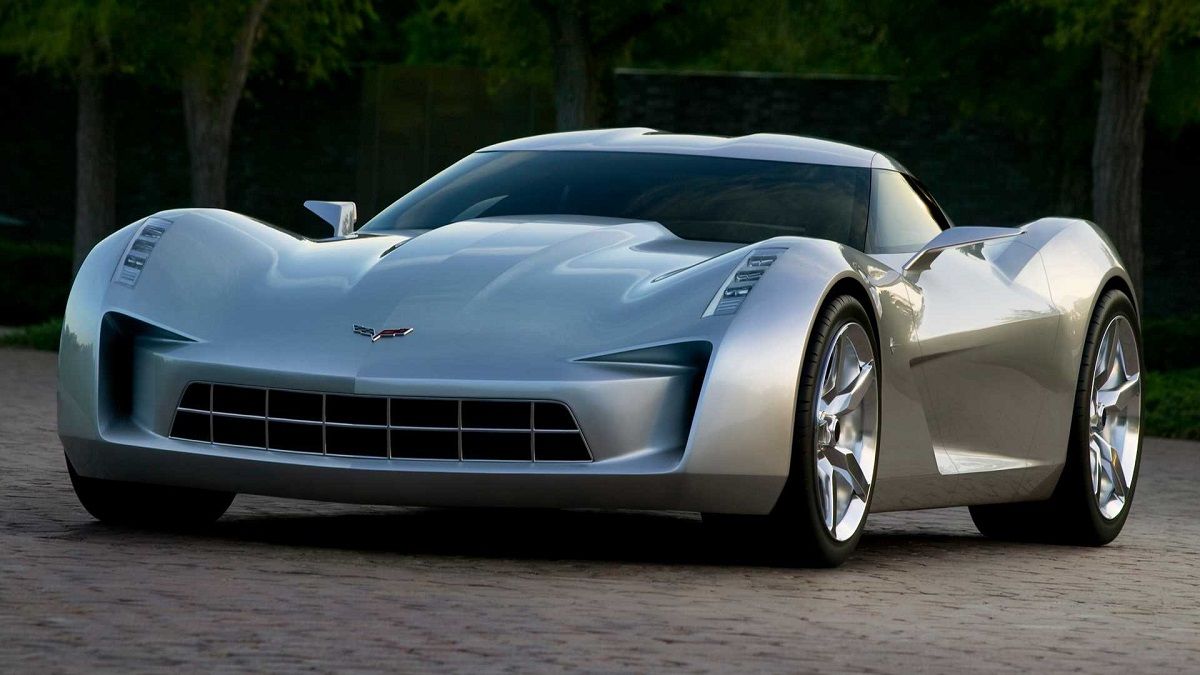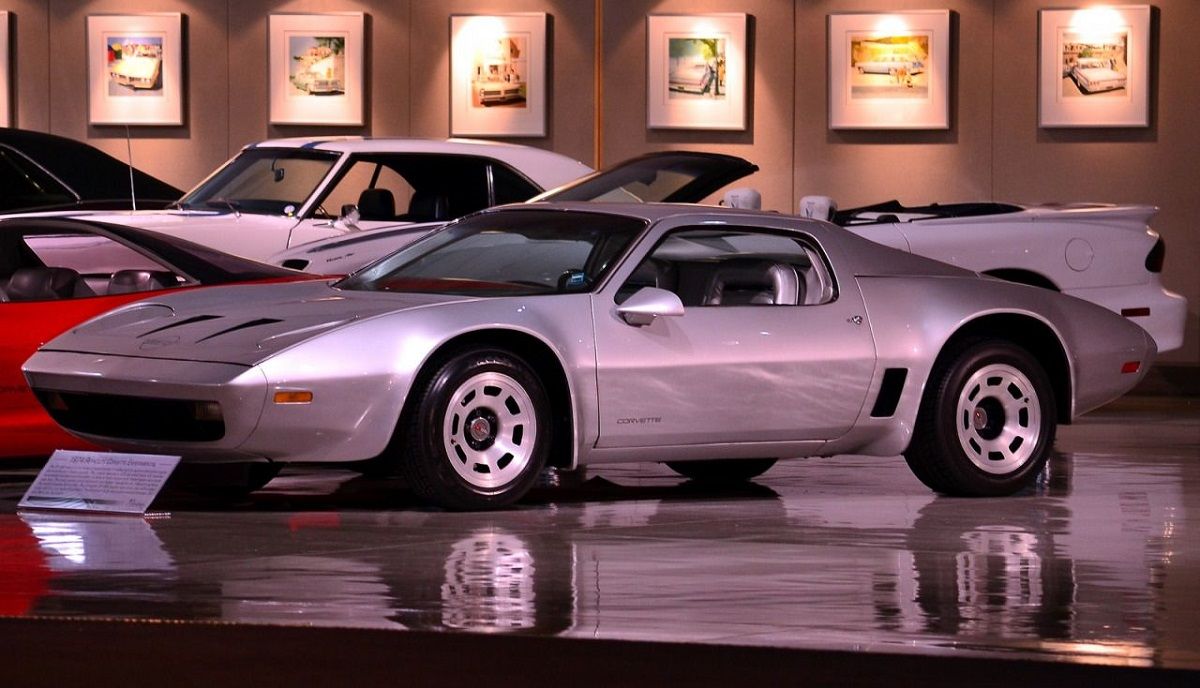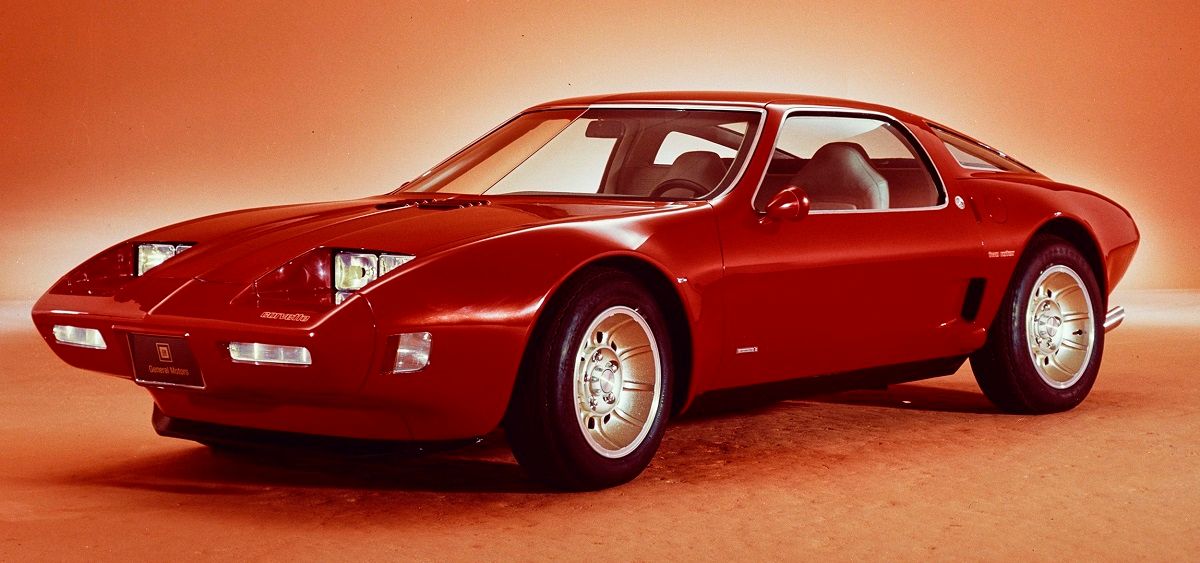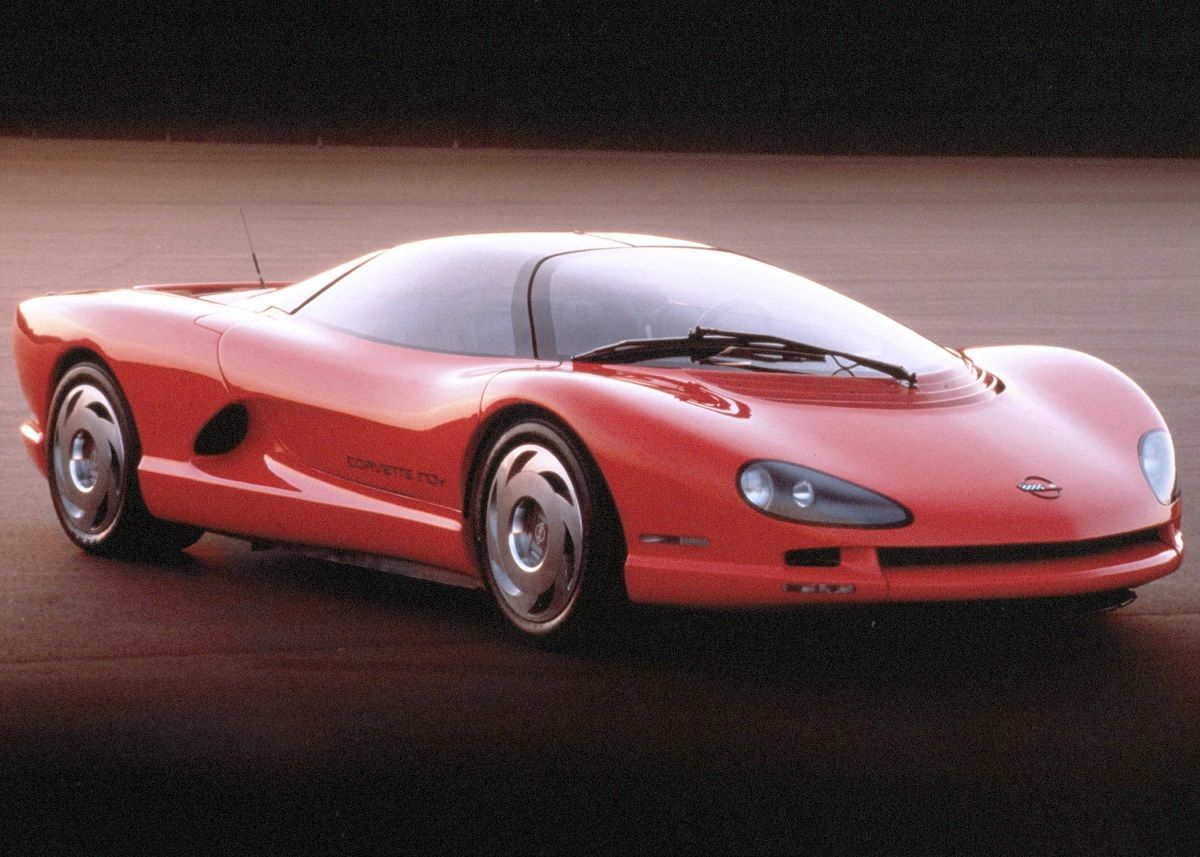The Corvette is a line of sports cars developed by Chevrolet over 8 generations and spanning 60 years. The Corvette concepts are a source of inspiration, showcasing various styling and innovation in technology.
Many concepts don’t see the light of day due to impracticality of design, safety issues, uneconomical designs and a lack of public acceptance. By consolidating design ideas and technology of various concepts, and tweaking them, a Corvette is born.
In the Styling studios of Chevrolet at GM, various ideas were birthed. Ideas such as a mid-engine Corvette was developed in the 1960s but was not appreciated until 2020 - when mid-engine Corvettes began rolling out the factories, no longer a concept. The Corvette concepts are designed by visionaries who have an idea of what the future of the Corvettes can and should be like.
14 Corvette Corvair
This Corvette concept car is a 2-door, 2-passenger coupe with heavy European design influence. This is seen in the aerodynamic nature of the design, featuring a chopped-off tail and a roof inspired by an airplane. This Corvette concept features a 102-inch wheelbase, a 2-speed power glide transmission and powered by a 150HP six-cylinder engine.
13 Corvette Nomad
Using the chassis of the ’55 Chevrolet Sedan, the Corvette Nomad, according to Hagerty, “was the perfect combination of utility, style, and performance.” This 2-door station wagon is a classic American design, featuring the traditional Corvette grille with the forward sloping B-Pillar. The Nomad features a unique styling of a hardtop that distinguished it from other station wagons of its period.
12 Corvette SS
An ultra-lightweight racecar with a front-engine and rear-wheel-drive layout, the Corvette SS is Chevrolet’s first purpose created sports car. Weighing just 1,850 lb. with a body made of magnesium, and a tubular steel space frame unit chassis which drew inspiration from the Mercedes 300, the Corvette SS truly was an outstanding sports car of its time.
11 Corvette Mako Shark Concept
The Corvette Mako Shark is a remarkable aesthetically pleasing 2-door convertible sports car that is inspired by the 1959 Stingray racer and is also in part inspired by the shortfin mako shark. This is seen in the pointy snout of the car and how it is streamlined. The Mako Shark was a technologically advanced vehicle of its time and is the type of car you would expect to see James Bond drive.
10 Corvette Stingray XP-87
The Stingray, also known as the XP-87, was designed using elements of design of the Q-Corvette while making use of the underpinnings of the SS Corvette, and a de Dion rear suspension. Fitted with a thin fiberglass skin, initially reinforced with aluminum in areas subject to high stress and later with balsa-wood, this remarkable sports car features a 315 HP V-8 engine.
9 Corvette CERV II
The 1964 CERV (Chevrolet Engineering Research Vehicle) II is a monocoque car with the suspension and engine carried entirely by a steel subframe and powered by an all-aluminum SOHC V-8 engine which made it accelerate from 0 to 60 mph in 2.8 seconds. The CERV II would later become a test vehicle for various Corvette ideas including aerodynamics research.
8 Corvette Mako Shark II
The 1965 Mako Shark II features a narrow waist with pronounced fenders, retractable bumpers, and lines that drew inspiration from the Manta Ray and the Great White Shark. It sports a chopped roof, and also a hinged roof panel. The rearview mirror is a prism type periscope. In 1969, the Mako Shark II was later transformed into the Manta Ray.
7 Chevrolet Astro II XP-8800
The Astro II XP-880 is a mid-engine concept sports car. The Astro I engine is replaced with a liquid-cooled 390HP V8 engine located in the rear compartment while the front compartment serves as storage.
In order to accommodate the larger tires, the contours were altered. Another major difference between the Astro I and II is that the Astro II has doors that provide access to the passenger compartment.
6 Corvette Aerovette Wankel Concept
The Aerovette is a mid-engine concept car featuring a sterling silver paint job fitted with an advanced 4-rotor Wankel engine delivering a massive 400HP. The engine was replaced in 1976 with a Chevrolet V-8 engine. A notable part of the car’s design is its bi-fold gullwing doors and the deformable plastic body.
5 Corvette CERV III
The CERV III is regarded as one of the most advanced concept cars ever created. This concept drew inspiration from the Corvette Indy. It has an impressive build featuring a carbon fiber body, with Kevlar and Nomex, all reinforced by aluminum honeycomb. Powering this great concept is a 5.7 V8 Lotus tuned engine that’s capable of delivering 650HP with the help of the twin Garret Turbochargers.
4 Corvette Stingray Concept
The Stingray concept is a sports car whose body was based on the Q-Corvette, the design was later reworked to fit the Corvette SS chassis. The body is made of fiberglass, with aluminum reinforcement. It’s fitted with a Chevrolet small-block V8 engine. The stingray influenced the design of the Mako Shark I.
3 1972 XP-895
The 1972 XP-895 is a mid-engine concept built on the chassis of the XP-882. The rationale behind this concept was to have a Corvette with an aluminum body. The XP-895 is driven by a small block V8 engine connected to a 3-speed automatic transmission, with an all coil spring suspension.
2 1973 XP-897GT
The XP-897GT is built on the modified chassis of the Porsche 914/6. Driving its automatic transaxle is a 266ci and 180HP 2-rotor Wankel engine fitted transversely. The mid-engine concept is fitted with a GM designed but Pininfarina crafted steel body. The concept was debuted in 1973 at the Frankfurt show.
1 1986 Corvette Indy
The 1986 Indy was introduced as a probable successor to the 4th generation Corvette. The Indy is powered by a mid-mounted 32-valve 2.6-liter V8 intercooled twin-turbo engine. The concept was very innovative and also featured four-wheel-drive, four-wheel-steering, fully independent suspension, and a rearview camera with an in-dash display.

